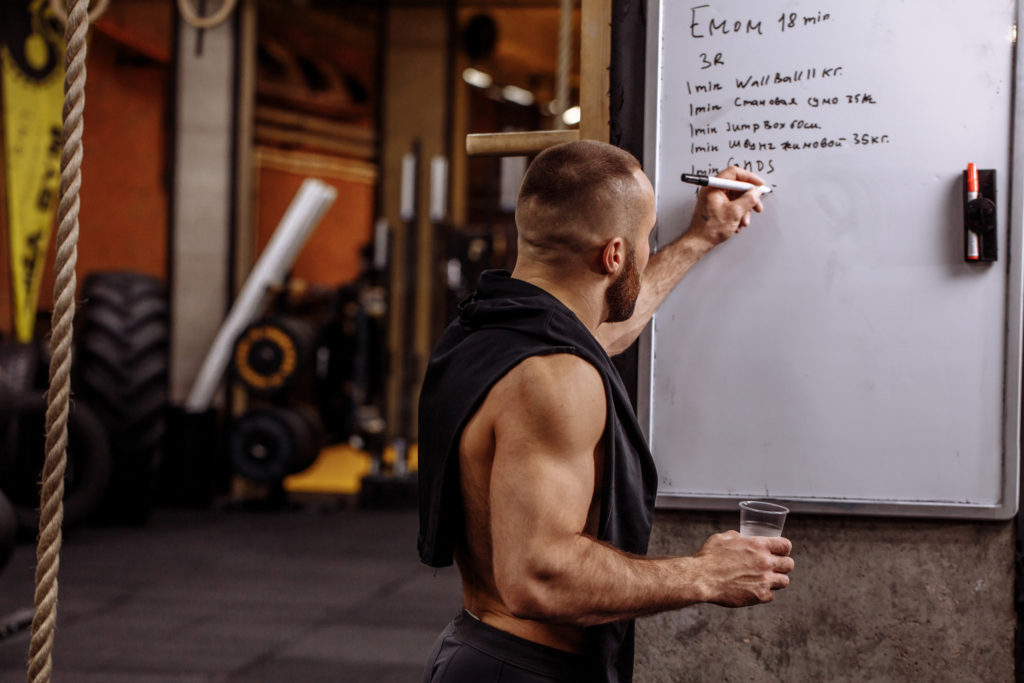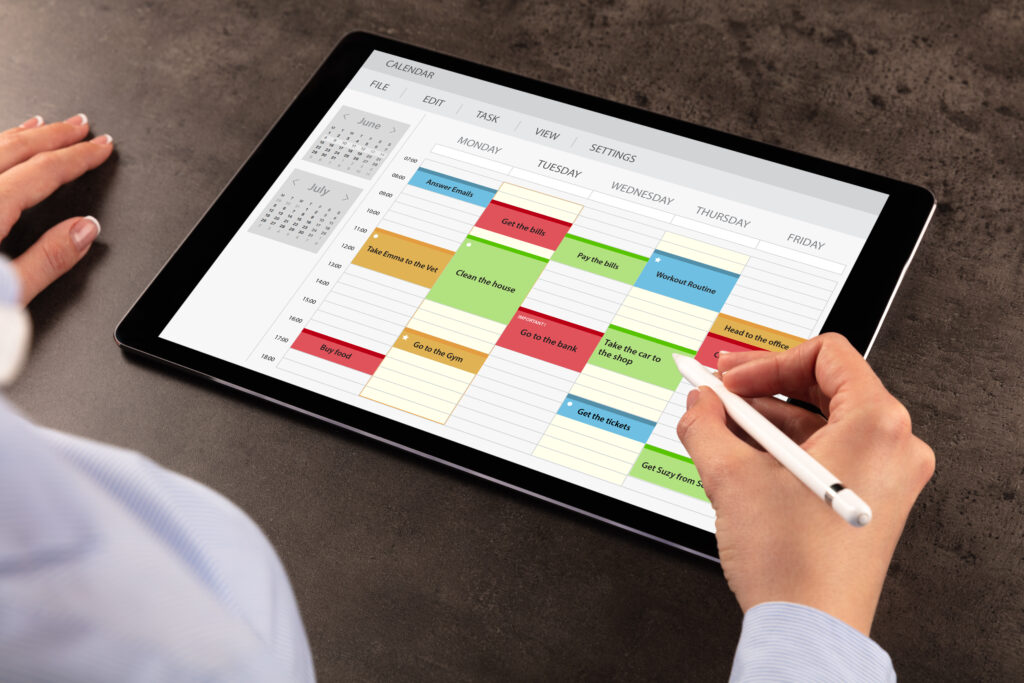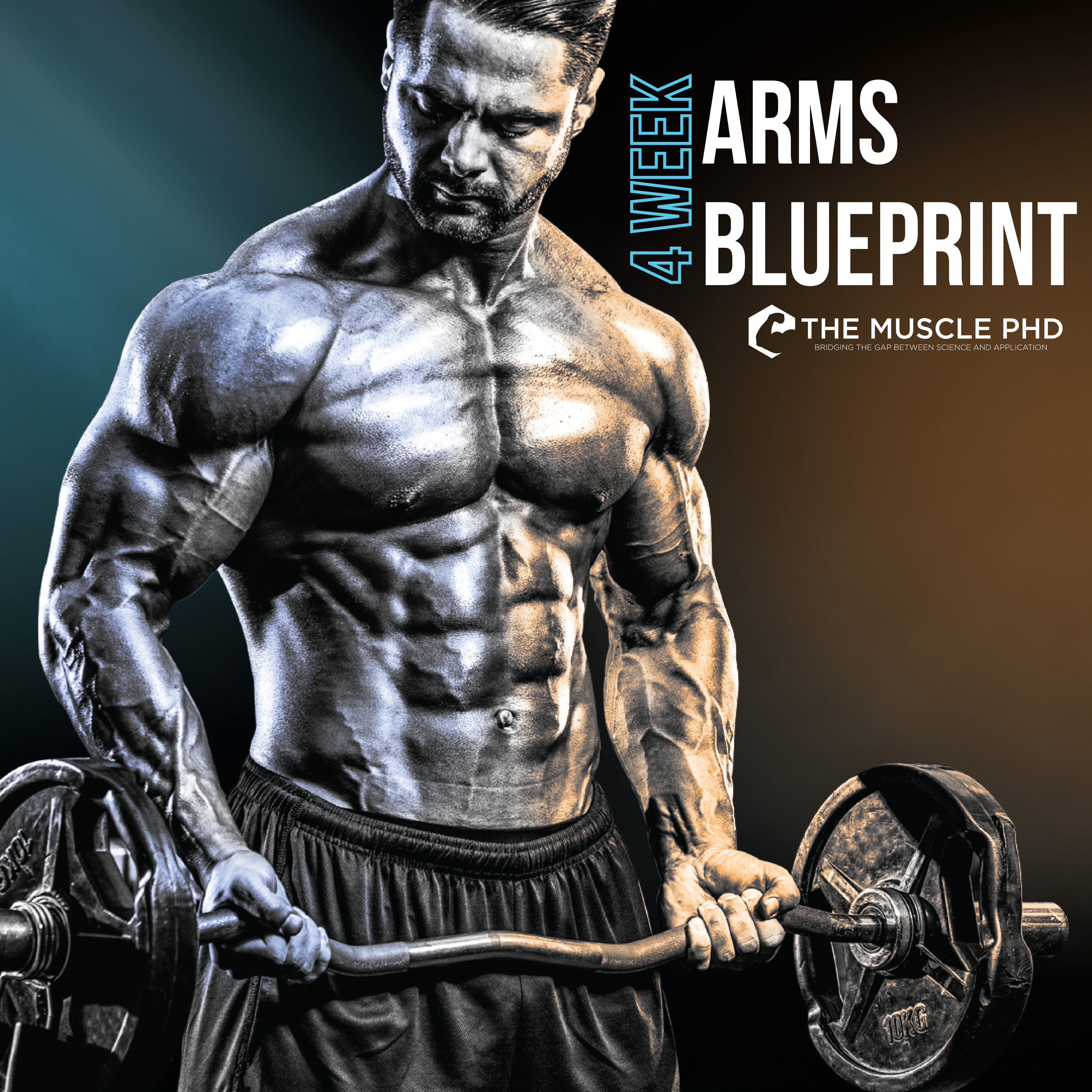Introduction
Welcome to Part 2 in our series on Writing your own Program. If you haven’t read Part 1 yet, read that here before you get any further. Just like the Harry Potter series, these articles build on one another and it’s important to read them in order to get a better understanding of what’s going on. Swap wands for weights and it’s basically the same thing, right?
With that out of the way, let’s get down to business. In Part 2 of this series, we’re going to discuss the bones of your training program. These are primary training variables that you’ll want to consider as you start to design your overall plan. This includes the concept of specificity, picking exercises, exercise order, rep ranges, training frequency… all that jazz. Since we’ve touched on some of these concepts in previous articles, this might be a briefer review of certain topics – we’ll link the other articles in their corresponding sections when appropriate. Let’s get cracking.
Specificity
The most important idea to understand when designing a training program is specificity. This entails two primary concepts:
The Law of Specificity: This law simply states that, in order to get better at a given skill, you need to practice said skill. Much like creating smaller goals that are relevant to your long-term/ultimate goal, you need to use training variables that are specific to your goal.
Specific Adaptations to Imposed Demands (SAID Principle): A little redundant but expands on the idea of specificity. You adapt to how you train – ever wonder why cardio improves endurance, but lifting weights improves strength? This is the SAID Principle.
If you use the goal setting steps from Part 1 of this series, you now have a good idea of what your top 2-3 training goals are. If you have an idea of how to use specificity, now you have a GREAT understanding of how to design a training program. In short, use training variables that are specific to your goal!
Let’s say one of your main goals is to add 25-lbs to your squat in the next 3-months. How would you train specifically for that goal?
- You’re going to be doing a decent amount of squat training. This is specific as it gets.
- You’re going to use accessory exercises that are specific to building the squat (good mornings, split squats, front squats, etc.). You’ll also use exercises specific to your weak points in the squat – remember, a chain is only as strong as its weakest link.
- You’re going to use lower rep ranges and longer rest periods as these are more specific to getting stronger (we’ll cover more in a bit).
Starting to make sense now? Outlining your goals and using the concept of specificity clears up so much of the fluff and confusion many people have when designing training programs. A lot of people have a general understanding of the primary training variables (rep ranges, rest periods, frequency, etc.) but you need to know the goal of your training to start to institute those variables into your program.
Picking Exercises
 To build off of the concept of specificity, now we get to the step of picking exercises. This is where specificity really starts to glue your program together. Once you outline your goal, use exercises that are specific to your goal! If you’re looking to improve your squat like the above example, you’re going to program exercises that will help increase your squat. If you’re looking to boost quad growth, you’re going to focus on your quads a little more during leg days and you’ll probably use unique variations to emphasize your quads – like using a narrow stance squat over a wide stance squat.
To build off of the concept of specificity, now we get to the step of picking exercises. This is where specificity really starts to glue your program together. Once you outline your goal, use exercises that are specific to your goal! If you’re looking to improve your squat like the above example, you’re going to program exercises that will help increase your squat. If you’re looking to boost quad growth, you’re going to focus on your quads a little more during leg days and you’ll probably use unique variations to emphasize your quads – like using a narrow stance squat over a wide stance squat.
If you have athletic ambitions, study your sport for a bit. Heck, do a needs analysis and identify the major motions, joint angles, contraction speeds, and energy systems used in your sport. Let those factors start to impact how you choose exercises. For instance, if you’re a track sprinter, you know you need to train fast at various hip, knee, and ankle angles. This could result in a combination of Olympic exercises, speed squats, quarter squats, plyometrics, etc. Your exercise library would be very different from a powerlifter or bodybuilder because these exercises are specific to your goals!
If you need more ideas on how to pick exercises, check out our (very long) article on Exercise Variations here. This article goes over the major muscle groups and how to use certain exercise variations to produce unique results.
Exercise Order
Intriguingly, exercise order can also play a role in specificity when training for a given goal. You see, we make the most gains on exercises we perform early on in our workouts. This is likely due to the accumulation of fatigue throughout a workout – we touch on this way more in our article on CNS Fatigue here. Regardless, the order in which you perform exercises, then, should also be specific to your goals.
This is an idea many powerlifters are, unknowingly or not, great at. Most of the time, these folks are starting their workouts with their squat, bench, or deadlift exercise of the day. They know this first exercise needs to be specific to their goals of increasing their squat, bench, or deadlift. For most other gym goers, we typically recommend starting with your largest, most complex movements as you’ll be fresh for these at the beginning of your workout. Not only does this allow you to apply your best effort to your toughest movements, but it’s also probably safer to do your heavy compound exercises before you’re fatigued from the rest of your workout.
However, bodybuilders should read between the lines here. What if you’re looking to bring up a specific muscle group? What if your rectus femoris muscle isn’t popping as much as you’d like? Should you start your leg workouts with squats? No! Start with leg extensions, sissy squats, or even reverse Nordics – begin your workout with something specific to bringing up your lagging rectus femoris muscle.
The same can be said if your torso is outpacing your arms. Don’t’ start your upper body workouts with compound pressing or pulling exercises – initiate your workout with some arm isolation work to help those pistols grow into shotguns. Again, we keep rehashing the importance of knowing your main training goals, but you HAVE to know your goals to optimize your exercise order for each individual workout you do.
Rep Ranges
As we continue to build off of specificity, we now look at rep ranges. By now, you can probably guess that you need to use rep ranges that are specific to your goals – and you’d be correct! Let’s outline that in more detail:
1-5 Range: Best for strength or power training. However, keep in mind that sets of 1 are more so for testing – that’s not really training unless you’re actually a powerlifter/weightlifter getting ready for a competition. Sets of 3-5 can also be useful for growth if you do a good 4-5 sets at this range.
6-12 Range: This is typically the muscle building sweet spot as the weights are usually moderately heavy but you’re also doing enough reps to build up some fatigue and a decent pump. The lower end of this range (6-8) can also be very useful for building strength. Additionally, this range is solid for beginners as it allows more practice on new exercises.
13-30 Range: This range can be useful for both muscle building and improving local muscle endurance. It’s definitely not as effective as the other ranges for boosting strength, but it would probably still help a beginner. Speaking of which, this is another option for beginners to get a ton of good reps in, just make sure fatigue doesn’t set in and break form down.
Therefore, if you know your training goal, the majority of your rep ranges should reflect that goal. Notice that if you’re training for size, you can use virtually any rep range you want, so mix it up on occasion to keep training fresh and to impose a new challenge on yourself. If you’re training for strictly strength, higher rep ranges can still have their place, especially on recovery days or isolation exercises for lagging muscle groups. Likewise, if you’re training for endurance, training in the strength range can actually boost your performance as well. Keep these caveats in mind as you design your plan.
Training Frequency
 There are a few nits to pick here and then we’ll leave the rest up to our massive article on Training Frequency here. Essentially, training frequency should be dictated by your goals (obviously), but what else could play a role?
There are a few nits to pick here and then we’ll leave the rest up to our massive article on Training Frequency here. Essentially, training frequency should be dictated by your goals (obviously), but what else could play a role?
- Your weekly schedule. This is something many people don’t account for – do you have a set schedule each week? What are your work/school/practice hours like? How can you plan training around other engagements? When are you going to cook and sleep? All of these factors massively influence training frequency.
- Your skill level. Beginners don’t need to train as often as veterans for a few reasons, but the main one is that they’re going to be sore longer from training since they’re not used to lifting weights yet. This has a huge influence on frequency. Beginners are likely fine training major muscle groups once per week whereas seasoned vets often move up to 2-4 days/week for certain muscles.
- The muscle group/skill you’re training. This is where our Training Frequency article here takes over. It’s a long one but well worth the read.
Ultimately, once you decide how these factors intertwine with your training goal(s), you can then plan frequency for certain muscles/skills/movements accordingly. Again, specificity still reigns in this realm, and you’ll generally want to use specific exercises/skills/movements more frequently than non-specific exercises, etc. This could be akin to our previously mentioned example of having your torso outpace your arms in size. Maybe you drop your pushing and pulling workouts to once per week and increase your frequency for arm isolation work. This would help maintain your torso size while boosting your arm size.
Conclusion
While each individual section here could likely use an entire multi-thousand-word article on its own, I’m confident that the clues presented here will help you start to decide how to outline the bones of your training program. As long as you have a well-defined goal (or goals) in place and understand the specificity concepts we discussed, you’ll be set.
From being a mediocre athlete, to professional powerlifter and strength coach, and now to researcher and writer, Charlie combines education and experience in the effort to help Bridge the Gap Between Science and Application. Charlie performs double duty by being the Content Manager for The Muscle PhD as well as the Director of Human Performance at the Applied Science and Performance Institute in Tampa, FL. To appease the nerds, Charlie is a PhD candidate in Human Performance with a master’s degree in Kinesiology and a bachelor’s degree in Exercise Science. For more alphabet soup, Charlie is also a Certified Strength and Conditioning Specialist (CSCS), an ACSM-certified Exercise Physiologist (ACSM-EP), and a USA Weightlifting-certified performance coach (USAW).




